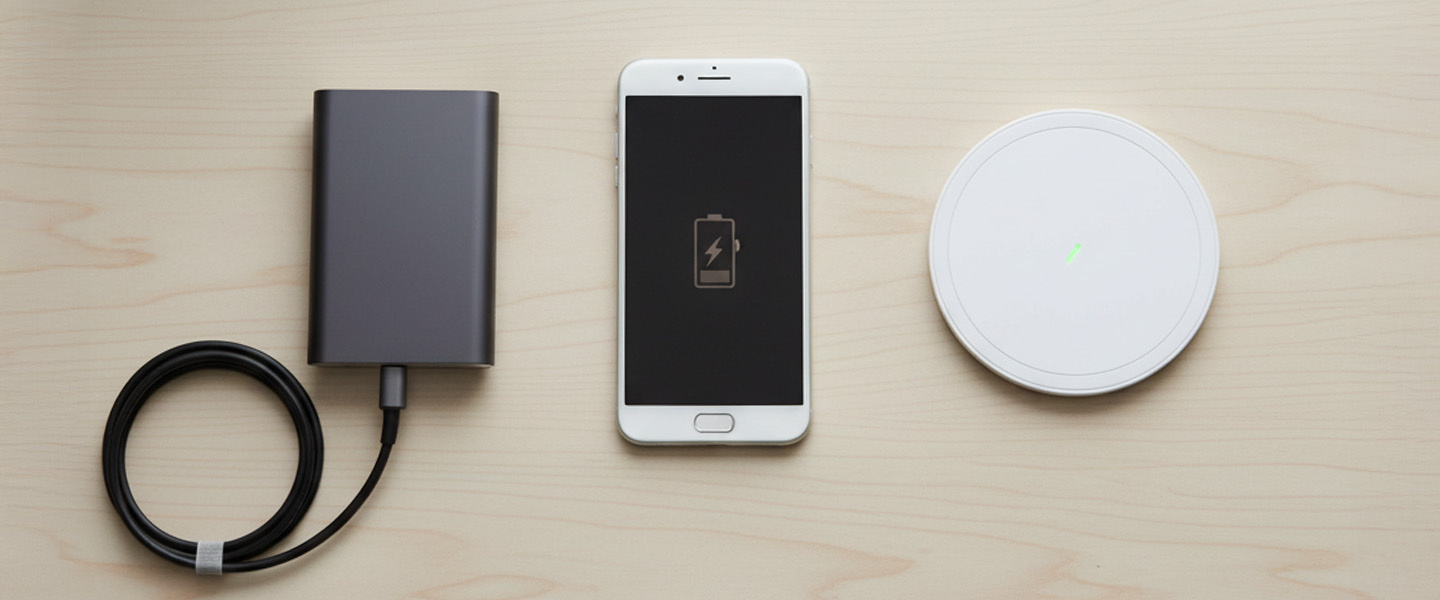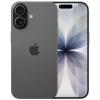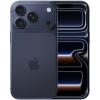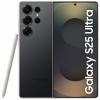So you're in the market for a new smartphone and you're seeing all these different numbers for battery capacity. You might be wondering, what does it all mean, and what's actually a good number? It can be tricky, but it's not as complicated as it seems. Let's break it down so you can make an informed choice.
What is Battery Capacity?
First things first, what is it? Battery capacity is measured in milliampere-hours, or mAh. Think of it like a fuel tank for your phone. The higher the number, the bigger the tank. A phone with a 5000 mAh battery has a larger "fuel tank" than one with a 3500 mAh battery. This generally means it can last longer on a single charge. But that's not the whole story.
The Myth of mAh
It's tempting to just look for the highest mAh number, but that's not always the best way to determine battery life. Why? Because a phone's battery life depends on a lot more than just the size of the battery. It's also about how efficiently the phone uses that power.
A phone with a highly efficient processor, a smaller screen, or a lower refresh rate might get more mileage out of a smaller battery than a phone with a massive, high-resolution screen and a power-hungry processor, even if the second phone has a larger battery.
Think of it this way: a small, fuel-efficient car might go further on a smaller tank of petrol than a big, thirsty truck. The same principle applies to smartphones.
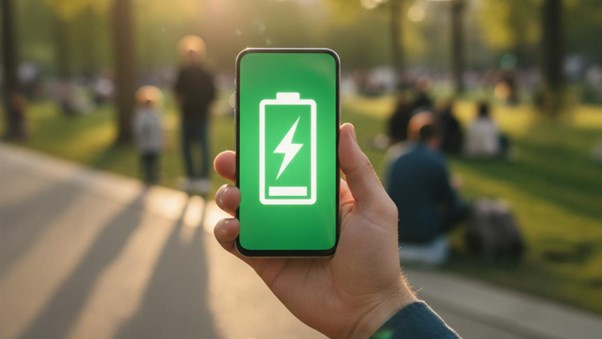
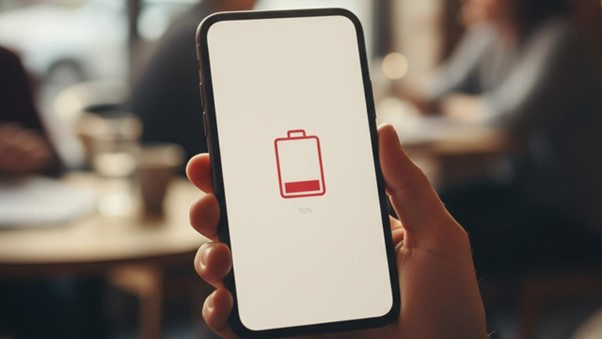
So, What's a Good Number?
While the mAh isn't the only factor, it's still a very important one. For a modern smartphone in 2025, you'll generally want to aim for a battery capacity of 4500 mAh or higher. This is a good starting point that should give most people a full day of use, even with moderate-to-heavy usage.
- For light users: If you only use your phone for calls, texts, and light browsing, you might be fine with something around 4000 mAh.
- For the average person: The sweet spot is around 4500 mAh to 5000 mAh. This will handle a full day of social media, streaming, gaming, and taking photos without you having to worry about finding a charger.
- For power users: If you're a heavy gamer, a content creator, or someone who's constantly on their phone, look for a battery of 5000 mAh or more. . This gives you that extra cushion you'll need.
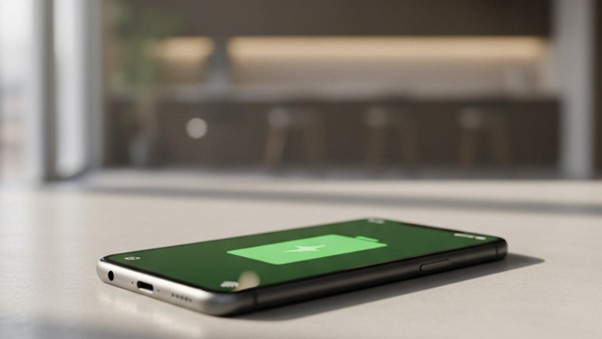
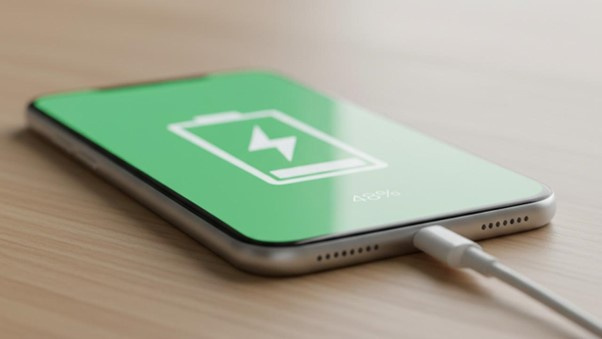
Other Factors that Affect Battery Life
As we've mentioned, the mAh is just one part of the equation. Here are a few other things to consider when you're looking at a phone's battery life:
- Processor (CPU): A newer, more efficient processor (like Apple's A-series chips or the latest Snapdragon chips) will consume less power than an older one.
- Screen: A large, high-resolution screen with a high refresh rate (like 120Hz) will drain the battery faster than a smaller, lower-resolution screen with a standard 60Hz refresh rate.
- Software Optimisation: How well the phone's operating system (iOS or Android) is designed to manage power can make a huge difference.
- Charging Speed: While not directly related to battery life, how fast the phone charges can be a big deal. Many modern phones support fast charging, which can get you back to a full battery in a fraction of the time.
The Bottom Line
When you're shopping for a new smartphone, don't just look at the battery's mAh rating in isolation. Use it as a guide, aiming for 4500 mAh or more as a solid baseline. Then, consider the other factors like the processor and the screen. The best way to know for sure is to check out reviews from reputable tech journalists (like us!) who have tested the phone in real-world conditions. That way, you'll have a much better idea of whether the phone will last you the whole day without a panic-inducing search for a power outlet.

